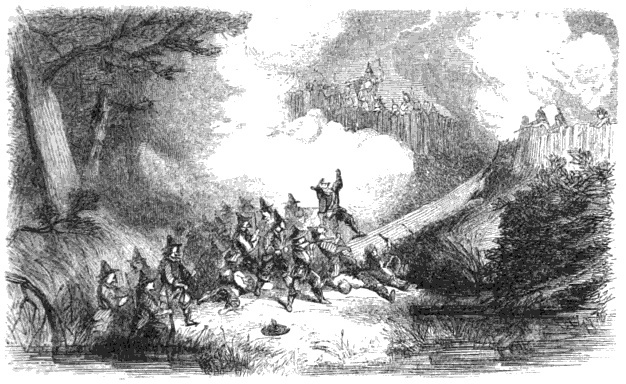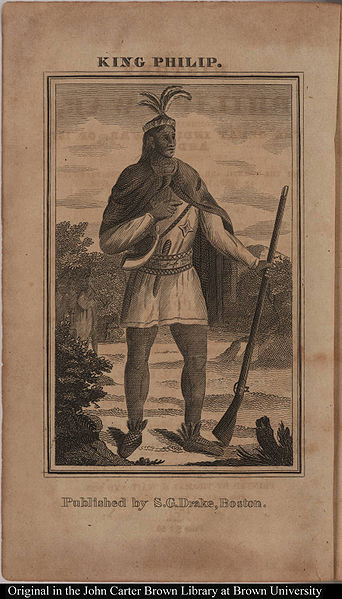 King Philip’s War was an armed conflict involving the Native Americans and the colonists in the 17th century from 1675 to 1676. It was also called Metacom’s War or Metacom’s Rebellion, named after the leader of Native Americans, Metacomet, who was also known as King Philip.
King Philip’s War was an armed conflict involving the Native Americans and the colonists in the 17th century from 1675 to 1676. It was also called Metacom’s War or Metacom’s Rebellion, named after the leader of Native Americans, Metacomet, who was also known as King Philip.
The Narragansett tribe of the Native Americans from Rhode Island had exercised independence and sovereignty over their own territory. They protected their citizens and looked after their general welfare. Children were educated and the sick were cared for. It was in 1675 when the sovereignty they enjoyed was challenged by the colonists.
The European colonists were starving in the land, so they attacked the Narragansett tribes, conquered their land and enslaved their people. This led to the bloodiest and most disastrous war in the history of America. King Philip’s war broke out initially in Swansea, a western part of Plymouth Colony, until it spread in the northern part of New England.
A Warning
One of the major contributors to the spontaneous outbreak of the war was John Sassamon, Metacom’s adviser. He revealed to the Plymouth Colony officials the attempts of King Philip to start an attack on various frontier settlements. Before the Plymouth officials could conduct their investigation, Sassamon was found dead in Assawompset Pond, in southeastern Massachusetts. It was theorized that Philip went after him because of his betrayal.
 The colonists stealthily attacked the vulnerable settlement and solitary farmhouse. They were described as nocturnal fighters who used tomahawks in killing their victims. For nearly a year, days in New England saw bloodshed, fear gripped the natives, and the nights were filled with cries. Out of 52,000 colonists, about 800 lost their lives; and out of 20,000 Native Americans, about 3,000 died. More than 50% of the towns of New England were destroyed.
The colonists stealthily attacked the vulnerable settlement and solitary farmhouse. They were described as nocturnal fighters who used tomahawks in killing their victims. For nearly a year, days in New England saw bloodshed, fear gripped the natives, and the nights were filled with cries. Out of 52,000 colonists, about 800 lost their lives; and out of 20,000 Native Americans, about 3,000 died. More than 50% of the towns of New England were destroyed.
Despite being a powerful leader, Philip was caught in the Miery Swamp of Rhode Island. He was overtaken by Captain Ben Church of the Plymouth Colony and was shot to death on August 12, 1676 by John Alderman, a Wampanoag soldier. During this time, it was a tradition to display the head of a criminal in the Plymouth. Hence, Philip was decapitated and his head displayed for a long time. Soon enough, the war ended leaving the Native Americans in victory.
Desolation & Restoration
King Philip’s War resulted in the annihilation of most of New England. It caused ravaging effects to the Natives; some of them were sold as slaves. The white men were almost wiped out, and political freedom ended. Notwithstanding such, they chose to continue to live in the Plymouth Colony. Although the war lasted only a little more than a year, the rehabilitation took decades.
In 1975, the Narragansett sought the restoration of their lands in and around Charlestown. The claim was filed in the State and Federal Government of Rhode Island, and was decided by Judge Pettine. The Rhode Island Indian Claim Settlement Act, passed on September 30, 1978, was the embodiment of the proposal and agreement approving the claim of the Narragansett for the aboriginal titles over their lands.